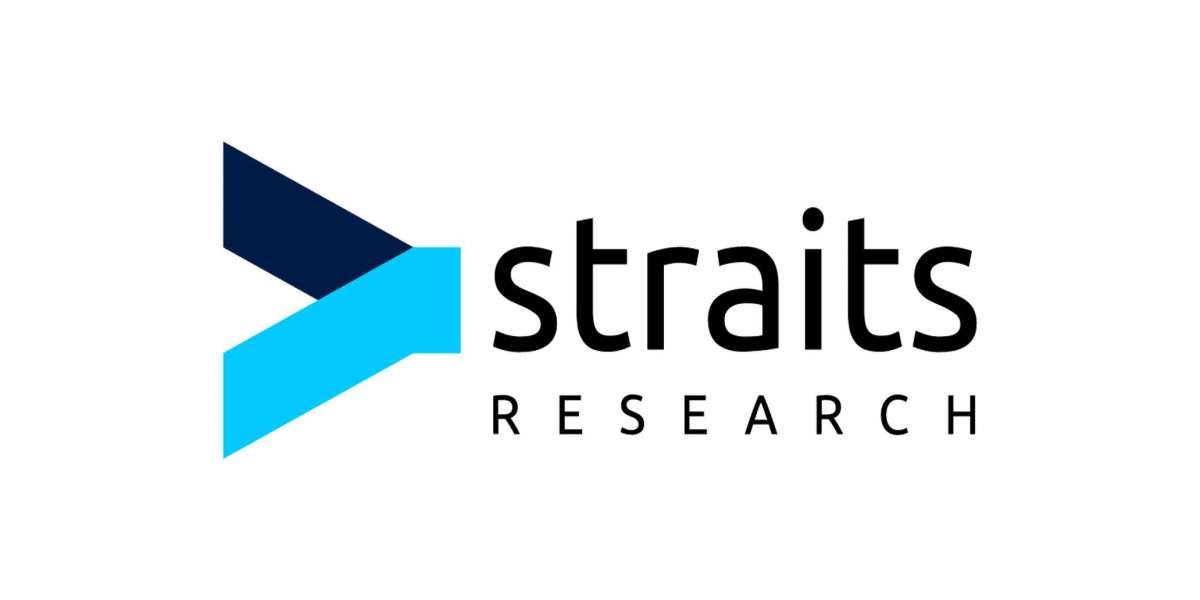District Cooling Market Overview:
As global temperatures continue to rise, the demand for air conditioning is increasing, and so is the energy required to power these systems. This has resulted in a shift towards more sustainable cooling solutions, such as District Cooling Systems (DCS). A DCS is a centralized cooling system that provides cooling to multiple buildings within a district or area. In this blog, we'll discuss the DCS process, its types, and its benefits.
District Cooling Market is projected to grow at a CAGR of 7.3% during the forecast period (2022–2030).
District Cooling System vs Chillers
DCS is often compared to traditional cooling solutions, such as chillers. Chillers are used in individual buildings and are often less efficient than DCS, as they require individual maintenance and may not operate at full capacity. DCS, on the other hand, operates at a larger scale and can take advantage of the latest technology and equipment, resulting in higher efficiencies and lower costs.
Benefits of District Cooling System
DCS offers several benefits over traditional cooling solutions. Firstly, it is more energy-efficient, resulting in lower costs and emissions. DCS also eliminates the need for individual cooling systems in each building, resulting in more space and lower maintenance costs. Additionally, DCS can take advantage of renewable energy sources, such as solar or geothermal, to further reduce emissions and costs.
District Cooling Companies
There are several district cooling companies that operate around the world, including ENGIE, Tabreed, and Emirates Central Cooling Systems Corporation. These companies provide centralized cooling solutions to various districts and buildings, resulting in lower costs and higher efficiencies.
District Cooling System Process
A typical DCS consists of a central cooling plant, a distribution network, and a building-level cooling interface. The central cooling plant consists of chillers, pumps, cooling towers, and other associated equipment. Water or a refrigerant is used as a cooling medium, which is circulated through the distribution network to the building-level cooling interface. This interface consists of a heat exchanger, which transfers the cooling energy from the distribution network to the building's internal cooling system. The heated water or refrigerant is then returned to the central cooling plant for re-cooling.
Types of District Cooling System
There are two types of district cooling systems - centralized and decentralized. Centralized systems have a single cooling plant that serves multiple buildings. Decentralized systems have smaller cooling plants located within each building, which are connected to a larger network. Decentralized systems are ideal for smaller districts, where the cost of building a centralized plant may not be feasible. However, centralized systems are more efficient, as they can take advantage of economies of scale and use larger, more efficient equipment.
Solar District Cooling
Solar district cooling is an innovative application of DCS that uses solar energy to power the cooling system. Solar thermal collectors are used to capture the sun's energy, which is then used to heat water or refrigerant, resulting in cooling. This application is particularly useful in regions with abundant sunlight, where traditional cooling solutions may be more expensive or less efficient.
In conclusion, District Cooling Systems are an efficient and sustainable solution for cooling multiple buildings within a district or area. They offer several benefits over traditional cooling solutions, including lower costs, lower emissions, and reduced maintenance. There are several district cooling companies that operate around the world, providing centralized cooling solutions to various districts and buildings. Additionally, solar district cooling is an innovative application of DCS that uses solar energy to power the cooling system.
Read More:














